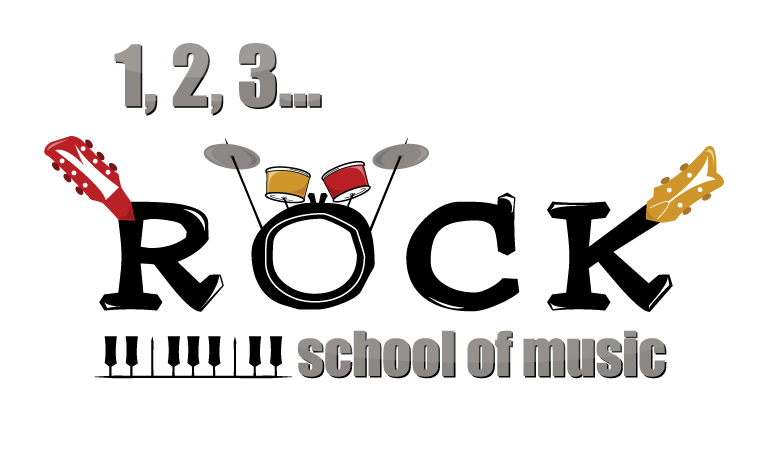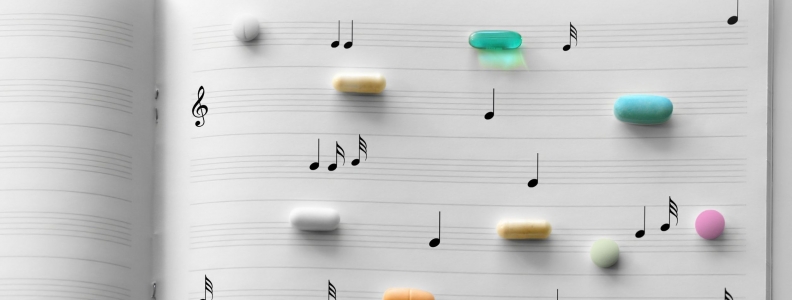Emerging research in music therapy has found that the right music can improve medical outcomes for patients.
—
May 19, 2017
Ruth Stanley, a former Benedictine nun from Minnesota, has been in the vanguard of the new research, and last weekend she led a workshop at the Monastery of Immaculate Conception to help participants find music to heal them.
“The power of our music is the power of the human voice,” Stanley said. “There’s great sacredness in that.”
In ancient cultures, Stanley said, healers would prescribe certain musical treatments as part of their healing. Through her 20 years of research with old music systems, particularly the Gregorian chant, she’s found that those ancient music systems mimic the frequencies and sound intervals found in the human voice that the nervous system uses to determine safety or danger.
Gregorian chants are broken down into eight modes that revolve around set sound intervals that can evoke different responses from listeners. The same ranges found in the Gregorian chants Stanley works with have been found in every ancient music system, with the same intervals eliciting the same responses in people from every culture. Those intervals, Stanley said, are why you can hear a love song sung in a different language and still know it’s a love song.
“(It) doesn’t matter the culture; doesn’t matter the demographic; doesn’t matter the time,” Stanley said. “It comes back to the same subset of intervals.”
It all has to do with the autonomic nervous system, also known as ANS, which is responsible for processes that happen without us having to think about them, such as organ and emotional regulation.
The ANS is hardwired to respond to cues in the human voice that tell it whether it is safe or in danger, Stanley said. Music, she said, mimics those vocal cues and causes appropriate responses in the ANS.
A great example, she said, is the theme song to the movie “Jaws,” which puts the interval between the syllables in ‘uh-oh’ or ‘oh no’ into music to make the audience uneasy. Our brain locks onto the ‘uh-oh’ interval in that song, despite the other sounds in it, because it is hardwired to find and focus on sounds that mimic the human voice.
“It was in the voice before it was in the music,” Stanley said.
Different pitch intervals will elicit different responses, Stanley has found, and even though the modern music doesn’t use the same music system as the Gregorian chants, the pitch intervals remain.
Larger pitch intervals make people feel safe. In modern music, for example, a perfect fifth elicits happiness and comfort. A perfect fourth is calming, and a minor sixth is soothing. Even sad sounds, like the minor sixth, can be soothing, Stanley said, because the cues they give to the nervous system communicate safety.
That’s important, Stanley said, because the feeling of safety while being sad allows you to process those emotions and move on.
“That’s why rock ballads are so important,” Stanley said. “We need to be able to feel and process emotions like sadness.”
The key to using music in healing is finding the pitch intervals that make a patient feel safe. Feeling safe calms the nervous system and allows the body to work the way it needs to.
In pain relief, for example, the music won’t make the pain go away, but it will calm the injured person down so that the body can produce the right chemicals to heal.
In her work at the CentraCare Heart and Vascular Center in Minnesota, Stanley used music with patients to decrease anxiety, depression and, in some cases, the need for pain medication. She has also worked with oncology patients to ease nausea, vomiting, and pain.
Other researchers, she said, have found music can help restore speech and movement in patients suffering from stroke or brain injuries, as well as memory in dementia patients.
At the retreats last weekend, Stanley taught participants how to use pitch intervals, rhythm, and articulation to create playlists to cheer them up, help them sleep and to reduce stress and pain. The reality, she said, is that people already know what music will help them feel how they want; the key to good music therapy is helping them find more of it.
“This is sort of the cutting edge of music (research),” Stanley said. “We’re just figuring this stuff out.”
—
This article is a re-post, with small modifications, of “Nun Leading Research To Find Music That Heals” an article published on duboiscountyherald.com by Leann Burke.
Click here to visit the original content.


